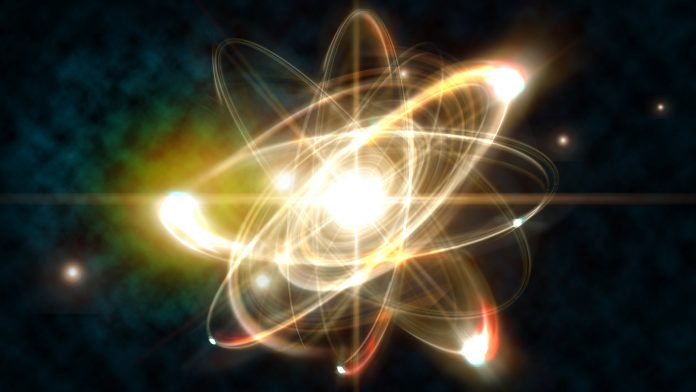Electron-Ion Collider: Peering into the Deepest Recesses of the Atom
Professor Abhay Deshpande and collaborator Dr. Zein-Eddine Meziani outline possible discoveries the electron-ion collider might reveal.

" We know that a proton is made up of quarks and a sea of gluons (see box). Those gluons also keep producing quarks and anti-quark pairs (called sea-quarks). So, the internal microcosm of a proton is abundantly full. One could assume that this abundance of particles would explain where protons get their mass, but quarks are nearly massless, and gluons have no mass. If we add up the masses of the quarks that make up the proton, they account for only about 1% of the proton’s total mass.
"" Despite more than six decades of exploration, our knowledge and understanding of this apparent discrepancy between quark confinement and asymptotic freedom within protons, as well as the gluons’ role in strong force interactions, are surprisingly insufficient compared with our understanding of electromagnetism—the force at the heart of today’s electronic technologies. Can we do better? Yes, but for that we need to pin down the gluon and understand its gluelike behaviour much more precisely. For that, we need the EIC. What we learn may unlock the secrets of the strongest force in nature and potentially new ways to apply that knowledge.
"
The article, which will appear in an upcoming edition of The Innovation Platform, may be found here.
